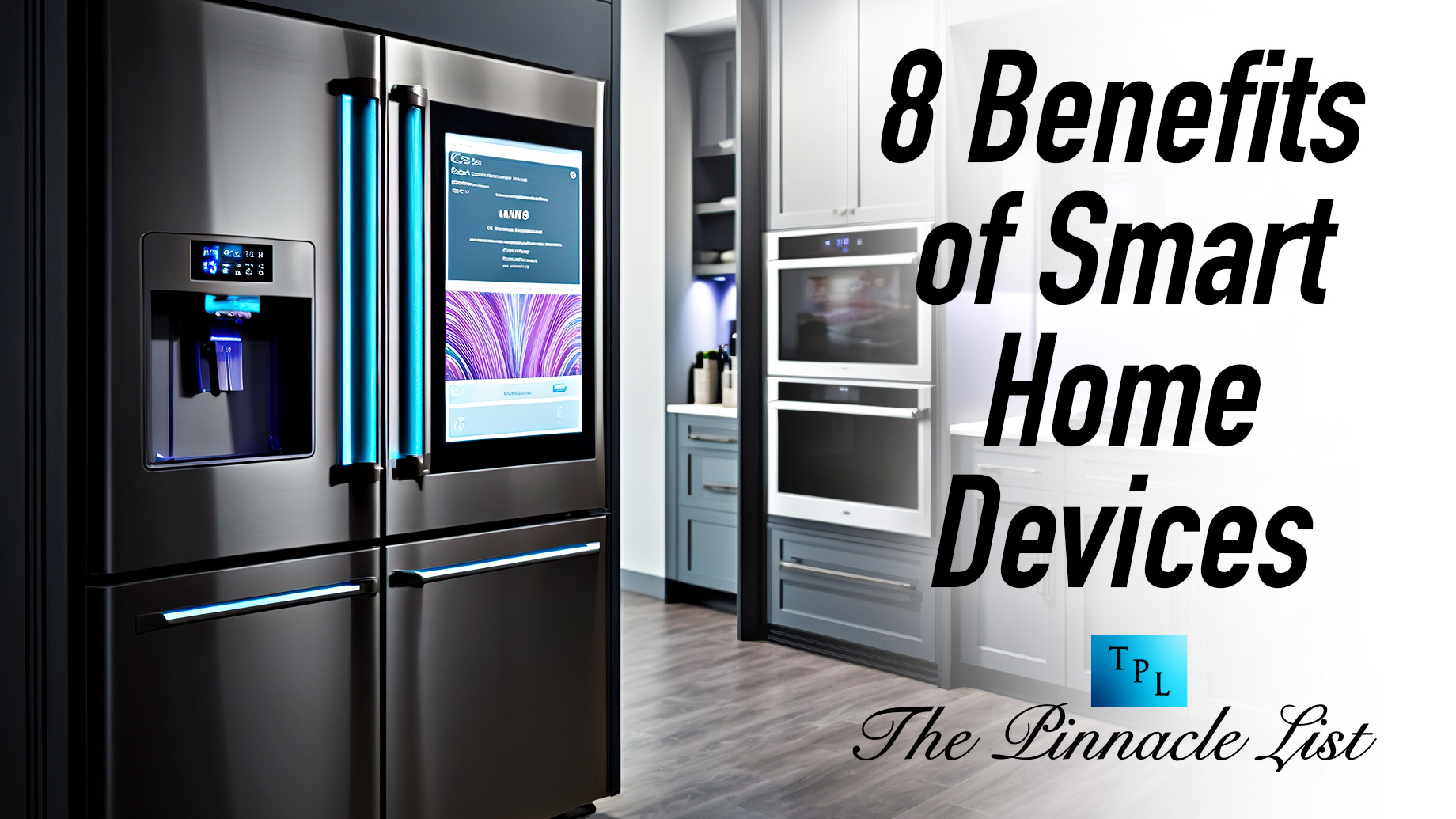
The use of smart home technology within homes is increasing for a variety of reasons. A consumer’s home, property, and loved ones can be protected by the many features, capabilities, and services that this technology offers.
This article highlights some of the main benefits of smart home technology.
What Exactly Is Smart Home Automation?
Home automation refers to any combination of devices, appliances, and systems that rely on a common network and can be independently and remotely controlled. You can also refer to it as a “connected home” when your home technology is integrated into one system. Several devices in your house are connected into one system, including lights, televisions, speakers, cameras, appliances, locks, and more, all of which can be controlled remotely through a smartphone or a tablet.
Automating your home with smart technology lets you take advantage of high-tech functionality and luxury previously unavailable. With the advancement of technology, home automation will have more and more opportunities to improve the lives of consumers.
The only thing you need is a good internet connection, and you are good to go. You can see which ones are available in your area and then choose one that fits your needs. If you are looking for a reliable connection, Spectrum Internet can be a consideration.
As outlined below, smart home technology provides many popular benefits, including motion detection, wellness and safety checks, remote monitoring, customization, and video analytics. All of these can be controlled from a single device or app. Keep reading to find out more information in detail.
1. Remote Monitoring
A smart home can be monitored and controlled remotely from anywhere, anytime, if it’s connected to a mobile device, laptop, or desktop computer. You can check in on various elements of the property and home in real-time.
This level of security can be difficult to quantify for users. There is no greater comfort than knowing their loved ones and property are safe from threats – from burglars and vandals to fires and carbon monoxide – regardless of the threat. One of the best features of smart home technology is its ability to be customized.
2. Interconnectivity
The use of smart speakers, security systems, and lighting can improve home productivity if they are all linked. Smart home devices and systems provide a sense of security as well as a sense of comfort.
By connecting devices, users can manage and monitor thermostats remotely, look at surveillance camera footage, program lights indoors and outdoors, and more, all without leaving their office or home. Saving energy and money is another benefit.
3. Can Be Tailored to Needs
The smart product can be customized to match a specific user’s preferences or needs based on the device.
The temperature in your home can be changed with a thermostat based on weather conditions, making it more comfortable for you and your family.
Another good example is smart sprinklers. They come in different zones that cover your entire property. It is more effective to activate the watering schedule based on the amount of sunlight and the plant type.
4. Enhanced safety
The interconnectedness of smart homes, along with real-time monitoring and surveillance, provides homeowners with detailed information and real-time alerts on any occurrence that may be suspicious.
5. Wellness
When you cannot visit your elderly loved ones, checking in with them provides peace of mind and reassurance that they are living independently in a safe environment. When quarantine restrictions are in place due to the ongoing novel Coronavirus (COVID-19) pandemic, this is especially critical.
With smart technologies like wellness and Wellcam, people can communicate in real-time with audio and video.
6. Managing Energy
Controlling utilities such as heating, cooling, and lighting can have a significant impact on energy costs. Thermostats can be pre-programmed to reach certain temperatures at certain times of the day to ensure comfort while reducing waste.
If you want to activate auto-shutdown for electronic devices like TVs and game consoles, you might want to consider smart outlets. For convenience and security, users can turn lights on and off at certain times with smart LED bulbs.
7. Motion-activated lighting
This technology detects motion only when it is needed, saving time, battery life, memory, storage, and energy. It alerts you to potentially suspicious activity inside or outside your home, whether you are home or away.
8. Video Analytics
Video analytics is one of the most impressive features of smart home automation. As an additional layer of security, this advanced technology can be integrated with motion detection. Due to its ability to distinguish between images of humans, animals, and vehicles, it helps prevent false alarms and decreases false notifications.
Activating indoor and outdoor lights on pre-programmed tripwires and activity zones also alerts potential intruders in real-time.
Conclusion
When it comes to smart home improvements, the future holds so many possibilities. With this level of connectivity, you can spend more time with the people you love without wasting time worrying about anything else.
A smart home gives you the advantage of being able to see what happens in your home from anywhere in the world.